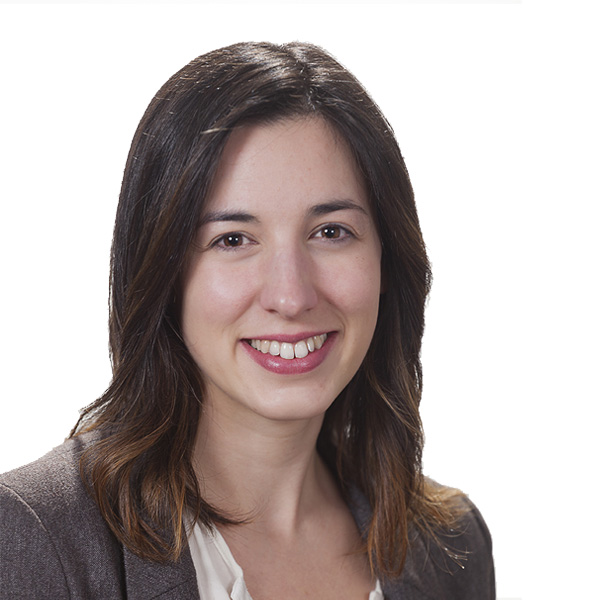Alba Sanchez Blake has a diploma in Speech Therapy since 2009. She is currently working in a British school as a speech and language therapist, with children with speech and language difficultie;, and collaborating with teachers in the detection of learning and language difficulties and their necessary school accommodations. She combines school with clinical work at Sinews, where she carries out speech and language assessments and therapy with children and adults.
Martina’s parents came to my office with a big question: does my daughter have dyslexia? Martina is a fast and intelligent child, she has an extensive vocabulary and is very skilled when drawing detailed pictures. Yet, since she started elementary school, she has had great difficulty with reading and writing acquisition and does not seem to be keeping up with her peers.
Dylan is an avid reader. Whenever he can, he dives into his books, and he can later describe in great detail what he has read each day. However, when it comes to understanding math problems and performing calculations, he shows disinterest. He never finishes to learn his time tables, and often gets “distracted” and writes numbers in the wrong order. Dylan’s mother has never been good with numbers, and chose an academic path away from mathematics as soon as she could. Could it be that Dylan suffers from dyscalculia?
What is Specific Learning Disorder?
A Specific Learning Disorder (SpLD) is a disability that results in difficulties in learning and using academic skills involving reading, writing and/or mathematics. These disorders are a permanent condition of neurological origin, unrelated to a lack of intellectual ability. Its severity can vary from person to person, or even within the same person over time.

SpLD affects approximately 10% of the population (according to the European Dyslexia Association), so there may be two to three students with SpLD in a class of 25 students. Apart from academic barriers, individuals with SpLD may also experience barriers in time management, organizational skills, and social perception or interaction. The most common SpLD are dyslexia, which affects reading and writing; dysgraphia, which affects the mechanical part of writing; and dyscalculia, which affects number processing and mathematics.
These disorders can occur independently or combined, i.e., the same individual may have one or more of the disorders. Early diagnosis and intervention will help to alleviate the difficulties of people with SpLD, providing them with a better prognosis at the academic level, greater possibilities at a professional level, and, therefore, a better chance of personal fulfillment, with greater overall well-being. These disorders can be assessed from the first cycle of primary school to the university stage.
What is NOT an SpLD?
According to the DSM-5, learning disabilities are not best explained by:
- Intellectual disabilities.
- Uncorrected visual or hearing disorders.
- Other mental or neurological disorders.
- Psychosocial adversity.
- Lack of proficiency in the language of academic instruction.
- Inadequate educational guidelines
Most common types of SpLD, traits and red flags
Dyslexia
Dyslexia is the most common SpLD, affecting approximately 80% of people with a specific learning disorder. It is characterized by difficulties in reading, writing, spelling or reading comprehension.

Some red flags that can alert us to the existence of dyslexia are:
- Difficulty learning the alphabet, and remembering which sound is represented by each letter.
- Difficulty memorizing rhymes or songs.
- Reduced vocabulary or late speech onset.
- When they have already begun to read: skipping short words, substituting words for similar ones, poor reading comprehension.
- Reading or writing mirror letters, and confusion between letters p, q, b and d.
- Hereditary factor: one or more family members have already been diagnosed with dyslexia.
Dysgraphia
Dysgraphia is associated with difficulties in written tasks. It can affect a variety of skills, from not knowing how to hold a pencil properly to having difficulty drawing pictures, writing or copying letters and numbers.

It is often difficult to decode and read what a student with dysgraphia has written. Some features they present in their writing are:
- Not remembering or not knowing how to represent the shape of letters.
- Not controlling the size of what they are writing.
- Having many spelling mistakes.
- Lack of punctuation.
- Forgetting the proper use of upper and lower case letters.
Dyscalculia
People with dyscalculia present barriers to understanding quantity, numbers and mathematical concepts. Approximately 3% of the population has dyscalculia. For individuals with dyscalculia, it can be difficult to follow and repeat sequences, and to identify the key facts in a math problem needed to solve it.

How to obtain a diagnosis?
For the diagnosis of a specific learning disorder, the collaboration of the teacher will be important, both to report and confirm red flags observed inside and outside the classroom. According to the DSM-5, difficulties in literacy or mathematics should persist for a period of 6 months, despite interventions aimed at these difficulties. It is also important to note that hearing and optometry tests should be kept up to date to rule out difficulties in these areas.
Once these difficulties have been identified, the next step is to receive professional guidance. First, an interview is conducted, in which medical data and the child’s family history are collected. This is followed by an evaluation by a psychologist and a speech therapist, choosing the tests according to the data obtained in the interview.
- The psychologist will be in charge of evaluating the child's executive functions (such as fluid reasoning, processing speed, working memory, verbal and visuospatial ability), thus obtaining her ability in these areas and her Intellectual Quotient (IQ). If deemed necessary, the psychologist will also evaluate the emotional, social and attention areas.
- The speech therapist will perform a battery of academic performance, evaluating oral language (comprehension and expression), reading, writing and mathematics.

Finally, the results obtained by both professionals will be compared and combined to obtain a diagnosis. All the information gathered during the interview, the evaluation and the diagnosis will be given to the parents in a report. The professionals involved in the evaluation should let the parents know the most appropriate intervention for their child (speech therapy sessions, a study-coach or psychotherapy), and the school accommodations corresponding to their needs.
I should not confuse a SpLD with:
- Attention Deficit Disorder (ADD or ADHD). Attention Deficit Disorder, with or without hyperactivity, causes academic difficulties, but these do not necessarily have to be linked to reading, writing and math skills, but to the student's attention capacity and span.
- Specific Language Disorder (SLD). Be careful not to confuse the acronyms! A SLD affects language comprehension and expression. Therefore, the capacity for comprehension and written expression will also be affected in individuals with this condition, as well as mathematical word problem solving. Even so, when it comes to decoding letters for reading, the mechanical part of writing or the area of mathematical calculation, these areas should not be affected.
- Autism (ASD): People with Autism Spectrum Disorder show difficulties in communication and social interaction, and restrictive or repetitive interests. These difficulties may have an impact on academics, but do not necessarily lead to ASDp.
- Difficulties secondary to bilingualism. Bilingualism alone does not cause difficulties at the academic level. Bilingual students, like monolingual students, may have learning disabilities.
Specific Learning Disorders are discovered by poor academic performance caused by difficulties in the acquisition and development of reading, writing and math skills. These difficulties can be alleviated, and it is possible to achieve an adequate academic performance if a personalized diagnosis and intervention are made, directed to the difficulties of each individual in particular.
Division of Speech Therapy
Speech Therapist
Children, adolescents and adults
Languages: English and Spanish

